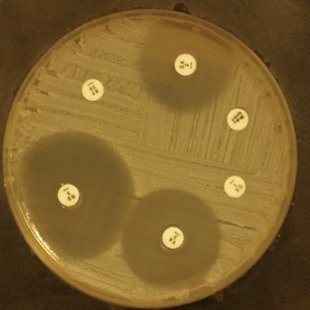Toxic shock syndrome
Septic shock is a life threatening condition which needs quick intervention. The treatment and differential diagnosis of septic shock might appear to be quite challeging, but is essential for an optimal outcome for the patient. This algorithm will give a insight into the managment of septic shocks, the differential diagnosis, possible error sources in the diagnosis and characteristics of microbes, that cause shock.
Review
Toxic shock syndrome is a life-threatening febrile illness that results from a systemic immune response to exotoxins (superantigens) produced most commonly by Staphylococcus aureus. The algorithm describes the most common clinical manifestations, possibilities of differential diagnosis and through correct and incorrect answers the principles of antimicrobial therapy of this disease. This correctly includes a bactericidal antibiotics and bacteriostatic antibiotic, that suppresses toxin production by inhibiting proteosynthesis. This algorithm includes microbiological insights e.g. the principles of correct collection of blood cultures and microscopic and culture image of the bacterium Staphylococcus aureus. The algorithm is a actual and well-created teaching aid.
Sources
Medical microbiology : a guide to microbial infections : pathogenesis, immunity, laboratory diagnosis and control. Edited by David Greenwood. 18th ed. Edinburgh: Churchill Livingstone, 2012. xvi, 778. ISBN 9780702040900;
Clinical microbiology made ridiculously simple / by Gladwin, Mark, Trattler, Bill, Mahan, Carmel. 6th ed. Miami : MedMaster, 2014, ISBN 9781935660156 Medical microbiology /Murray, Rosenthal,Pfaller 8th ed. Philadelphia : Elsevier, 2016, ISBN 9780323299565
A review of toxic shock syndrome: the need for education still exists, Sheila Lynds Colbry,1992,PMID: 1328970, DOI: 10.1097/00006205-199209000-00013;
The Evaluation And Managment Of Toxic Shock Syndrome In The Emergency Department: A Review Of The Literature, Michael Gottlieb, Brit Long and Alex Koyfman, Elesvier Inc. 2018, DOI: https://doi.org/10.1016/j.jemermed.2017.12.048;
WHO guidelines on drawing blood: best practices in phlebotomy., © World Health Organization 2010, ISBN 9789241599221;
https://www.ncbi.nlm.nih.gov/pmc/articles/PMC6170629/,
https://teksmedik.com/uptodate20/d/topic.htm?path=epidemiology-clinical-manifestations-and-diagnosis-of-streptococcal-toxic-shock-syndrome;
https://teksmedik.com/uptodate20/d/topic.htm?path=staphylococcal-toxic-shock-syndrome;
https://www.ncbi.nlm.nih.gov/pmc/articles/PMC4349422/,
https://emedicine.medscape.com/article/1165557-clinical;
https://teksmedik.com/uptodate20/d/topic.htm?path=staphylococcal-toxic-shock-syndrome;
https://rarediseases.org/rare-diseases/toxic-shock-syndrome/





